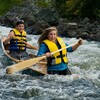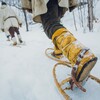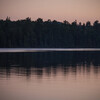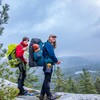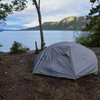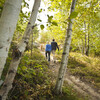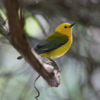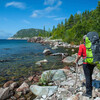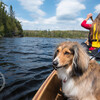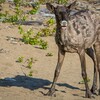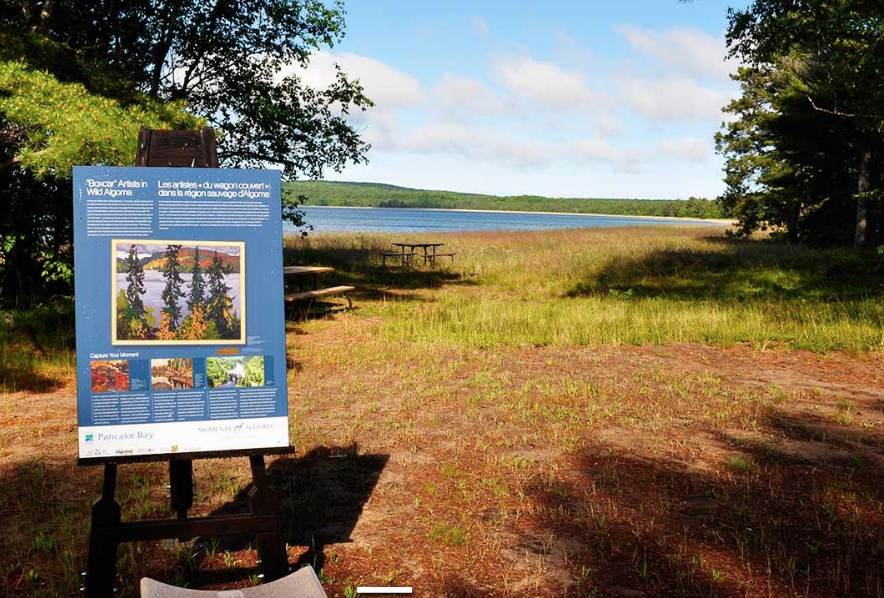WHY IS THERE A CANOE IN THE NATIONAL GALLERY OF CANADA?
A recent visit to the National Gallery of Canada in Ottawa was an opportunity to spend a day in what is one of the most important cultural institutions in the entire country.

There are always visiting exhibits of fine art on display that are heavily promoted by the gallery and draw visitors from all over the world. While they are interesting, I always use a visit as an opportunity to walk the permanent exhibits. These beautiful galleries explore, display, and interpret Canadian art, from the first sculptures and handmade objects of our original peoples to the most contemporary art our country has to offer.
In the middle of the National Gallery, as the older paintings with European influences reaches its peak, there is a section dedicated to the Group of Seven and Tom Thomson. It’s here that Canadian art hits its stride.
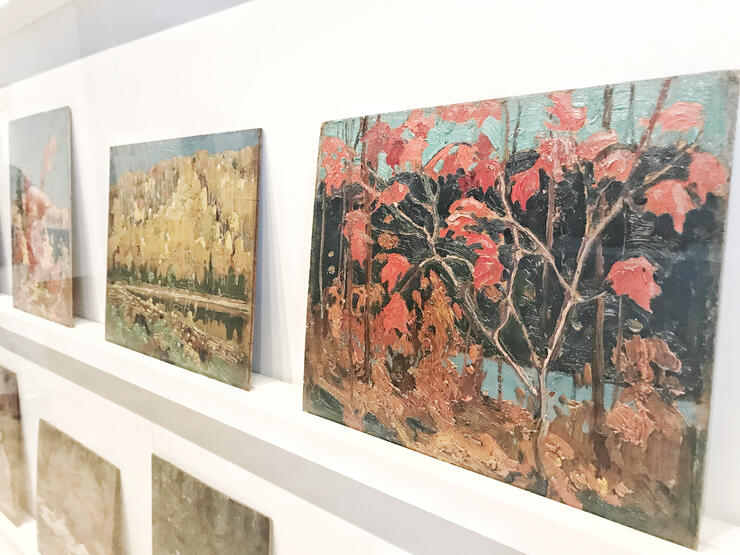
There is a clear divide between what came before those artists and what came after. Working in the early part of the 20th century, the Group seemed to finally give the people of Canada something uniquely their own and uniquely Canadian. From Indigenous people to those of us who came after, we all can relate to the images of lakes, trees, rock, and sky that instantly identifies the work of these painters.
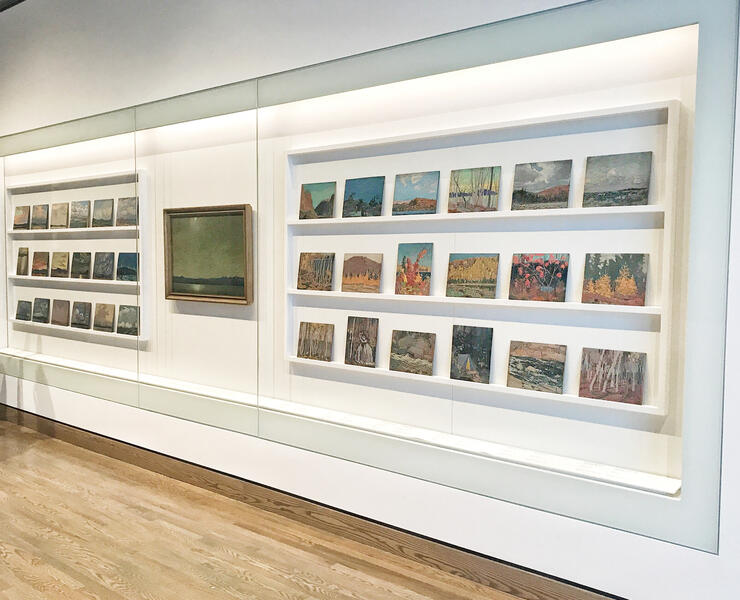
Tom Thomson was the first of his contemporaries to head north. Drawn by Algonquin Park, he canoed and painted its lakes and rivers.
He took his paintings home to the men who would become the Group of Seven. Also known as the Algonquin School, Franklin Carmichael, Lawren Harris, A. Y. Jackson, Frank Johnston, Arthur Lismer, J. E. H. MacDonald, and Frederick Varley were all inspired by Thomson. Several of them visited Algonquin with Thomson, and all went on to visit the north and create their iconic images.
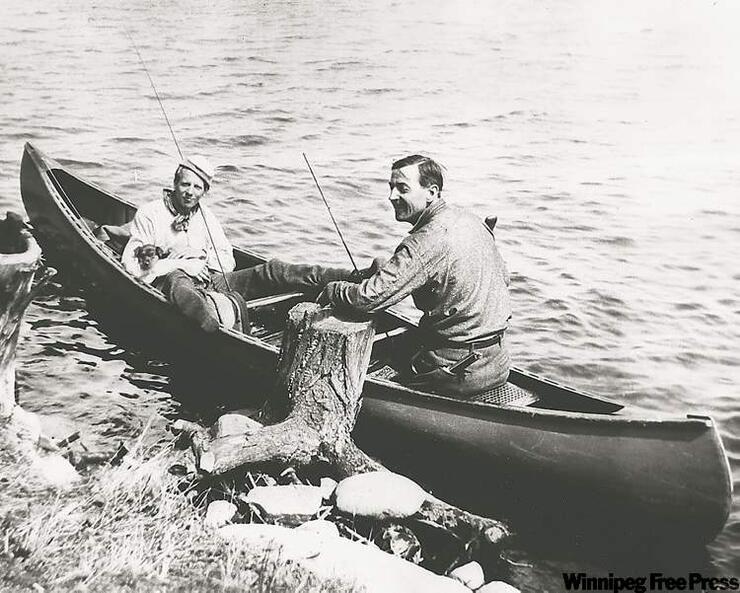
Every time I enter that section, I am overcome with emotion. The paintings, from Thomson’s small “sketches,” tiny oil paintings on small pieces of wood, to his larger images and those of the Group of Seven, fill two large rooms. It feels like hallowed ground. And here in the heart of the nation’s foremost art institution, they are given a pride of place—recognition that they are indeed a critically important part of Canadian culture.
This year, I stopped in my tracks as soon as I entered the main gallery. There, in the middle of the large room, dominating all the works, is an actual Algonquin birch bark canoe, an old one and as beautiful as any I have ever seen. It’s on loan from the Canadian Canoe Museum in Peterborough.
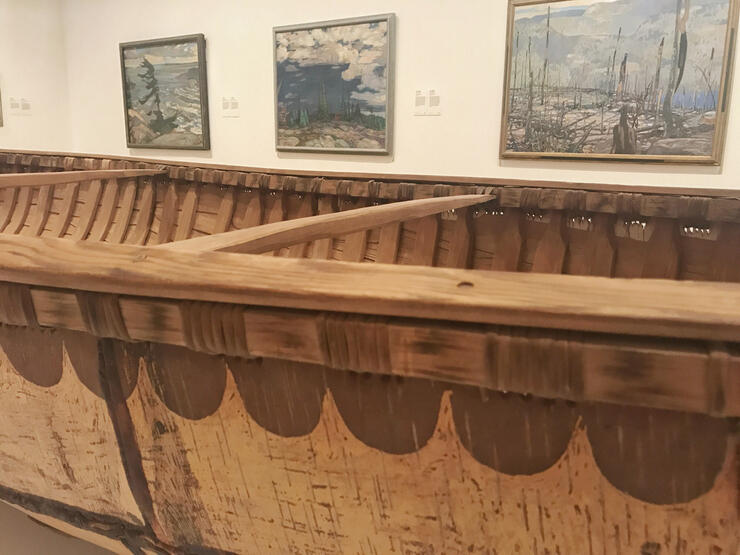
All of the artists displayed in this part of the museum travelled by canoe. We travel by canoe. You don’t have to tell anyone who has pushed off from a portage and paddled out into the cooling air on an Algonquin lake that these watercraft are a part of who we are, a part of all of us.
If Tom Thomson hadn’t drowned a hundred years ago on Canoe Lake, there is little doubt it would have been the Group of Eight. The respect his fellow painters felt for Thomson, and the recognition of the value they placed on what he introduced to their vision of our country, are evident here on Canoe Lake. Spend a day exploring his art, life and death in Algonquin Park.
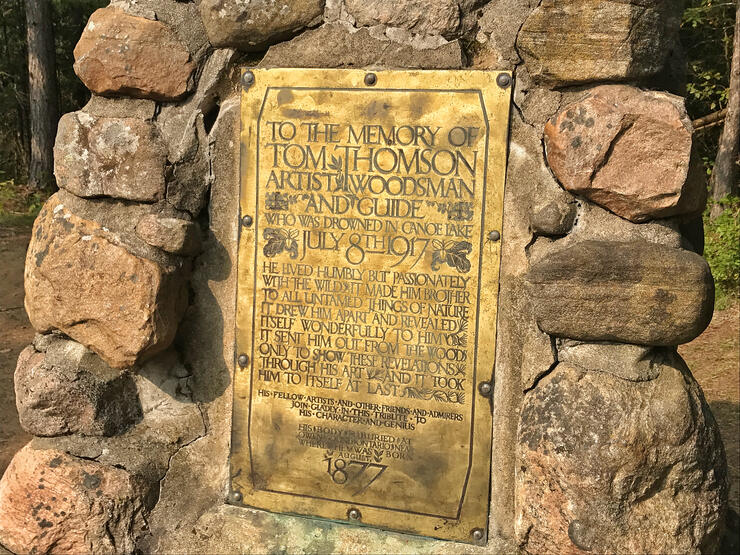
No one who walks the section of the National Gallery that displays their work can escape the knowledge that they are indeed part of the bedrock of our culture here in Canada. The inclusion of the Algonquin canoe, does the same for our favourite means of gliding the still waters of every navigable lake, river and stream from coast to coast to coast—celebrating the Canadian Canoe Culture.
Visiting the National Gallery of Canada
The gallery is located at 380 Sussex Drive, in the heart of downtown Ottawa. The most convenient method of reaching it is by car. Simply park under the gallery.
They are open year-round, but in the winter they are closed on Mondays. The best way to get the hours and prices for a visit is on their website.
Recommended Articles
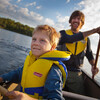
Your Family’s Best Summer Ever
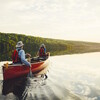
Outdoor Playgrounds
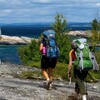
Backpacking Trails in Ontario
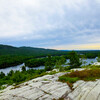
Paddle to the Trailhead
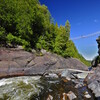
Ontario’s National Parks
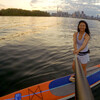
Why I SUP

Wilderness by day, Pampered at night
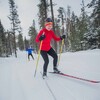
Cross Country Skiing In Ontario This Winter
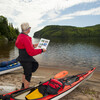
Paddling the painted landscape
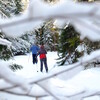
Best Weekend Escapes

Quiz: Campsites of Ontario
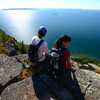
Want this view?

10 Mind-Blowing Images of Ontario

What's your limit?
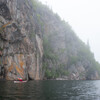
Journey into the Past
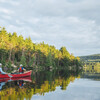
150 canoes for Canada's 150th birthday
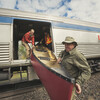
Trains, planes & Canoes
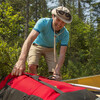
SKILLS VIDEO: canoe essentials
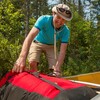
Need a Father's Day gift?
